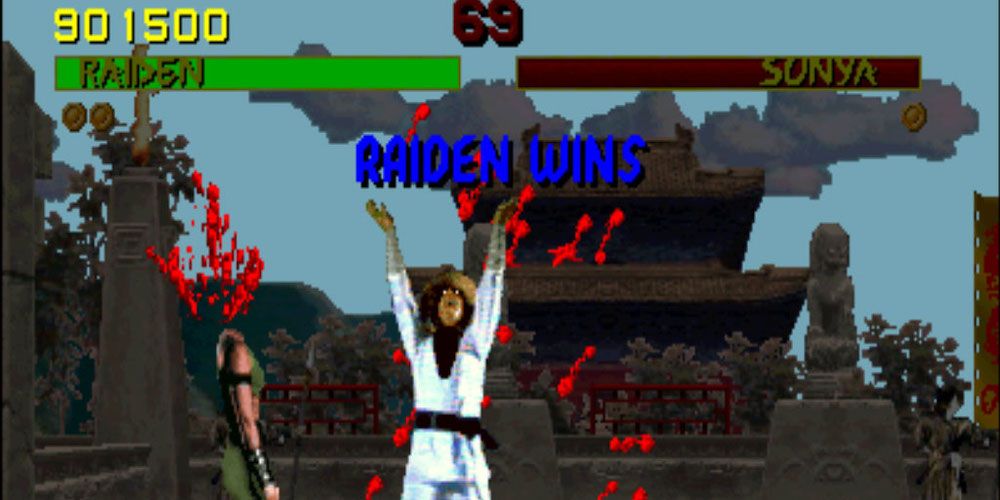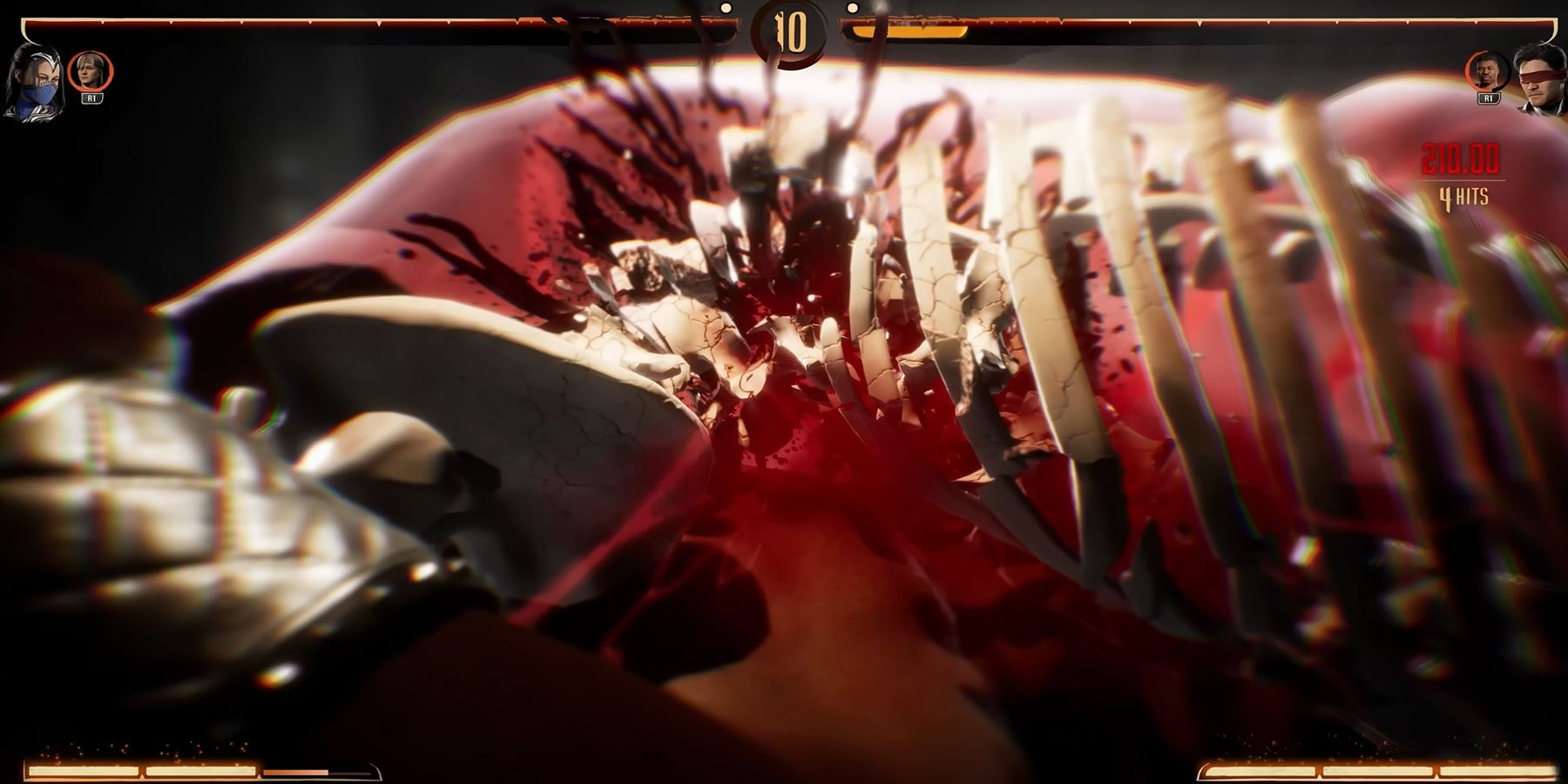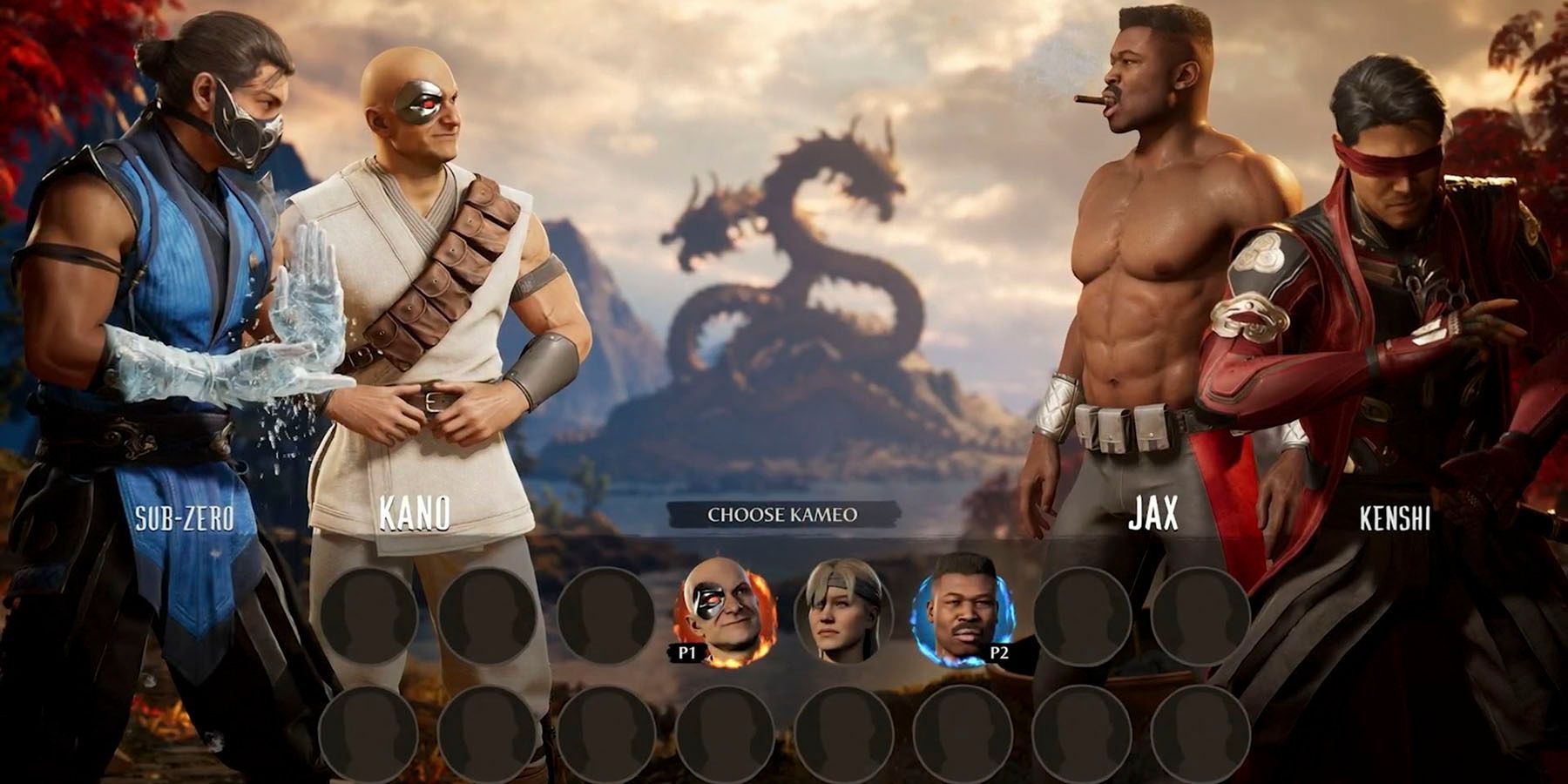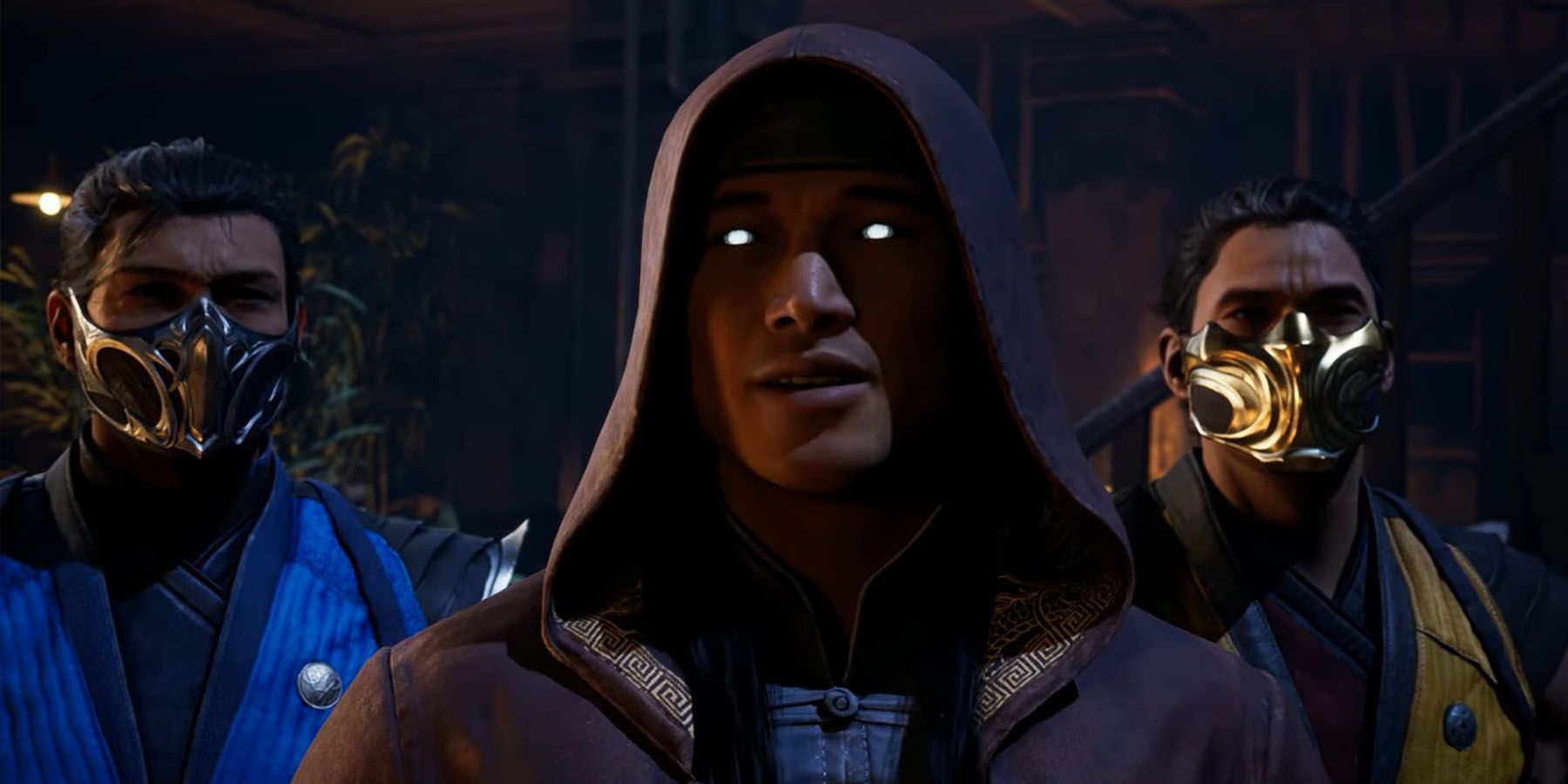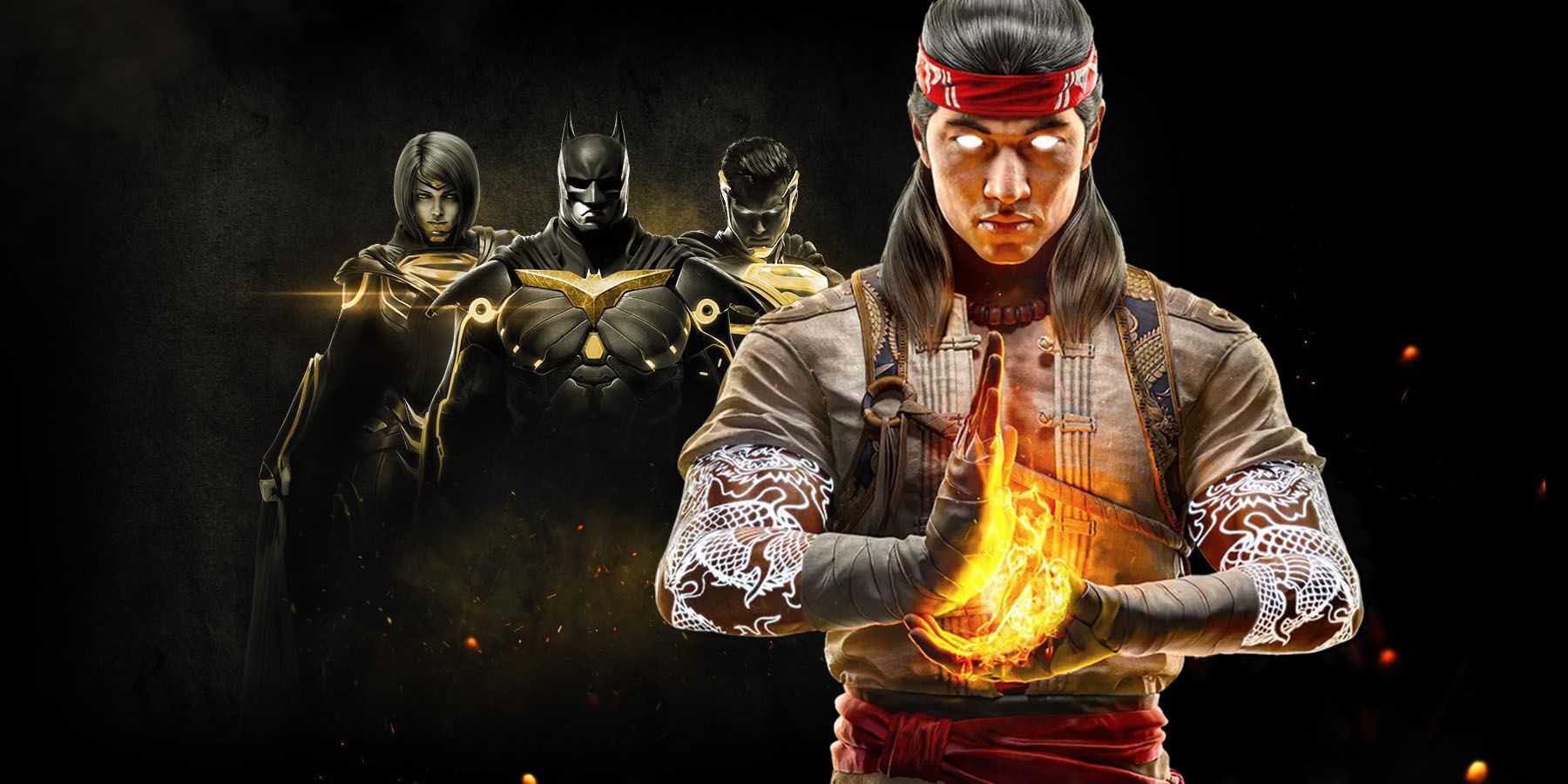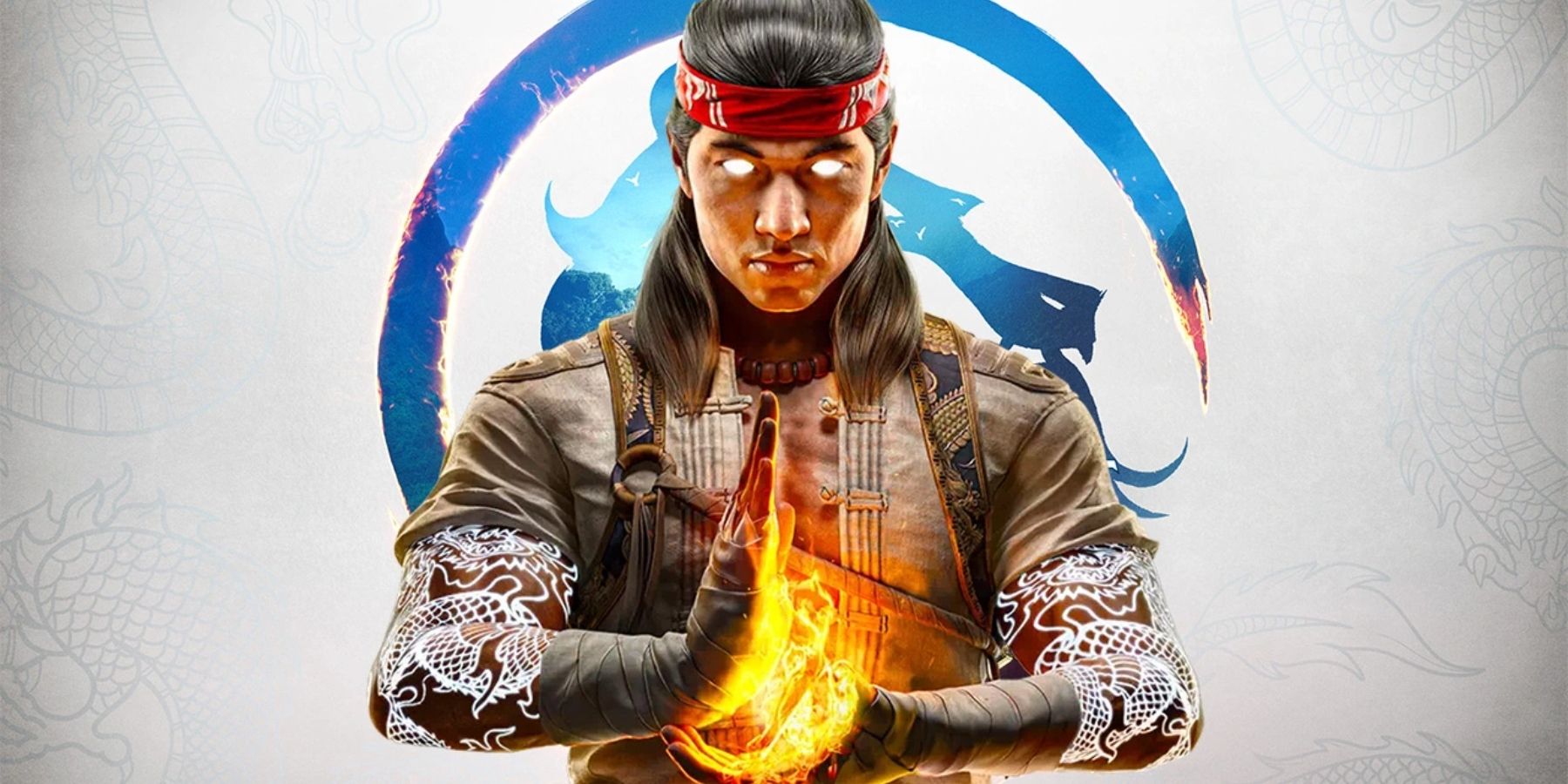
The Mind-Boggling Mystery Behind Mortal Kombat 1's Coolest Feature

Mortal Kombat 1's iconic legacy is redefined, but a puzzling element clashes with its new direction Unraveling the gore-filled precedent set by the game, the violence of Fatal Blows challenges suspension of disbelief
NetherRealm Studios is set to release Mortal Kombat 1, a highly-anticipated fighting game that will introduce the franchise to a new generation of players. While many fans initially expected it to be the twelfth installment in the series, the upcoming reboot has been announced as a fresh start for the franchise. Mortal Kombat 1 has come a long way from its arcade origins and is poised to be one of the most visually stunning fighting games ever created. Despite its evolution over the years, there is one controversial aspect that has remained the same.
The game will feature several new systems and features, along with the classic elements that players have grown to love in NetherRealm's iconic fighting series. The Kameo system in Mortal Kombat 1 adds depth to the gameplay, allowing players to coordinate with a supporting assist character during combos, similar to the mechanic seen in the first Marvel vs. Capcom game. Additionally, the removal of uncompetitive stage hazards from previous titles indicates a stronger emphasis on gameplay. However, the series still embraces its signature flashy and cinematic violence, which has become a defining characteristic of Mortal Kombat.
Mortal Kombat Set the Precedent for Gore in Video Games
Since its original release in 1992, Mortal Kombat has become synonymous with its graphic and violent depictions of gore. Despite not having the exceptional fighting mechanics of games like Street Fighter 2 or The Art of Fighting, Mortal Kombat captured attention with its unique spectacle, such as Sub-Zero tearing out his opponent's spine.
While the series continued to emphasize its brutal Fatalities as a major selling point, Mortal Kombat gradually lost its shock value during its 3D era. This could be attributed to changes in the art style or the introduction of more lighthearted elements, resulting in a decrease in edginess by the time Armageddon was released.
NetherRealm took the spectacle to new heights with Mortal Kombat 9's "X-ray" super moves. These special cinematic attacks showcased the slow-motion destruction of the opponent's bones and organs during the fight. These X-rays, later known as Fatal Blows and Krushing Blows, became a signature feature as intense gore continued to define subsequent titles, including Mortal Kombat 1.
The Violence of Mortal Kombat's Fatal Blows Can Break Suspension of Disbelief
The undeniable allure and film-like quality of X-ray moves have been evident since Mortal Kombat 9 in 2011. However, they also share the same distinctive flaw of lacking realism. Witnessing an opponent's skull being shattered or ribs being shattered in response to a precisely timed maneuver is undeniably exhilarating, but it is equally disconcerting to witness that same opponent rise back up and continue the brawl as if no damage had been inflicted.
X-ray moves, originally intended as conclusive finishing moves to signify the defeat of a fighter, are now overshadowed by Fatalities, resulting in an illogical and desensitizing atmosphere. Moreover, it is evident that Mortal Kombat was never intended to be taken too seriously, given its inclusion of spectral ninjas and god-like characters.
The main issue arises from the game's divergence towards increasingly fantastical levels of gore, while simultaneously striving for a progressively realistic aesthetic. In the past, NetherRealm employees have expressed discomfort with the graphic reference materials required to achieve such lifelike violence. Therefore, it may be time for the series to approach the bloody and grotesque elements of Mortal Kombat 1 with more discretion and taste.
Mortal Kombat 1 launches on September 19 for PC, PS5, Switch, and Xbox Series X/S.
